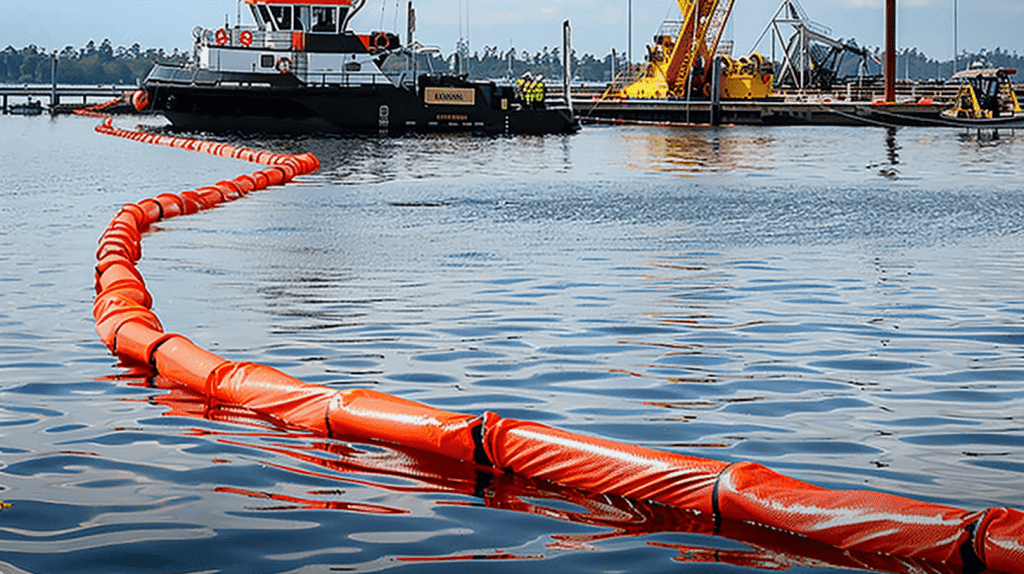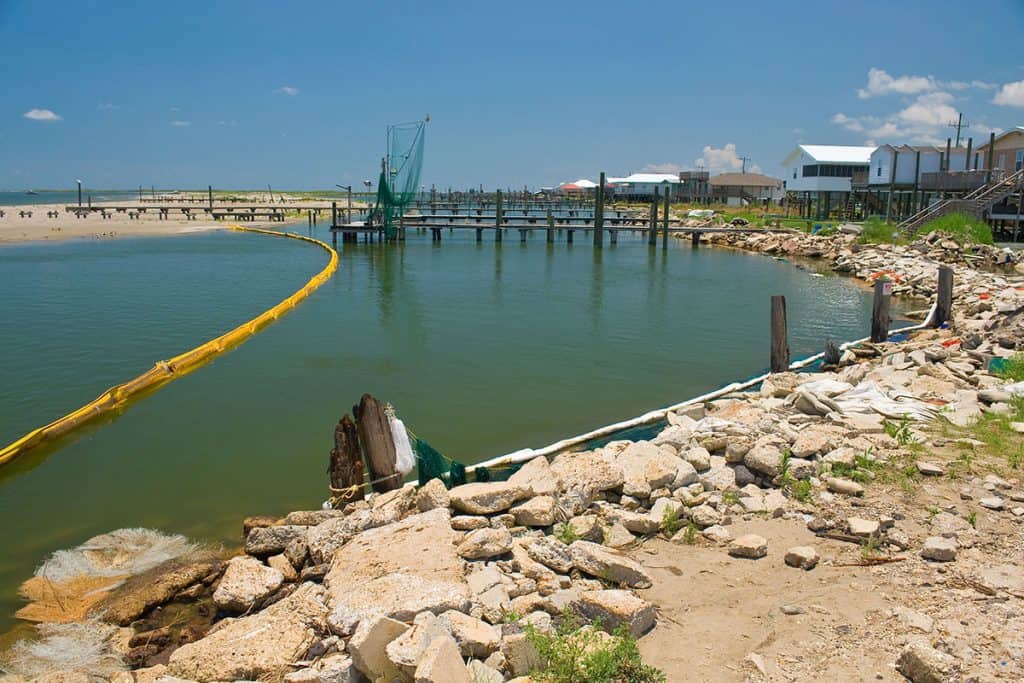Oil spills are an unfortunate reality in industries ranging from shipping and manufacturing to automotive maintenance and oil production. When oil hits the water or land, rapid and effective response is crucial to minimize environmental damage and costly cleanup efforts. That’s where oil absorbent booms come in, versatile, reliable tools designed to contain and absorb oil quickly.
In this guide, we’ll explain exactly how oil absorbent booms work, the situations they’re best suited for, and how to choose the right boom for your spill containment needs. Plus, if you’re looking for top-quality spill containment solutions, you’ll want to check out Absorbents Online, your one-stop shop for all things spill cleanup.
What Are Oil Absorbent Booms?
Oil absorbent booms are long, cylindrical tubes filled with absorbent material, typically polypropylene, that float on the water’s surface or rest on land to contain and soak up oil. Their design helps prevent oil from spreading further by acting as a physical barrier while simultaneously absorbing the spill.
Most booms are flexible and durable, allowing them to conform to different environments, whether it’s around a dock, along a shoreline, or near industrial equipment. Some booms are reusable and designed to withstand harsh conditions, while others are disposable for quick, one-time use.

How Do Oil Absorbent Booms Work?
Oil absorbent booms work through a simple but effective process:
- Containment: When deployed in water, the boom floats and acts as a barrier to stop the oil from spreading. This is crucial in limiting the spill’s impact area, making cleanup more manageable and preventing contamination of sensitive ecosystems.
- Absorption: The material inside the boom is oleophilic, meaning it selectively attracts and absorbs oil while repelling water. This selective absorption ensures that the boom soaks up oil but stays buoyant on the water surface.
- Concentration: By containing the spill in a defined area, booms make it easier for cleanup crews to collect and remove the oil. This containment also protects shorelines, wildlife habitats, and other vulnerable areas from contamination.
When Should You Use Oil Absorbent Booms?
Oil absorbent booms are particularly useful in the following scenarios:
- Water Spills: Whether from a tanker, barge, pipeline leak, or dockside accident, booms are ideal for containing and absorbing oil floating on lakes, rivers, and oceans.
- Industrial Sites: Around factories, refineries, and vehicle maintenance areas where oil leaks can happen, booms help control spills before they spread.
- Stormwater Containment: Booms can be used in drainage systems and stormwater ponds to capture oil runoff.
- Emergency Response: For sudden spills, booms provide a quick and effective first line of defense to minimize environmental impact.
- Land Containment: On land, booms can surround spills to prevent runoff and absorb the oil, protecting soil and groundwater.
Choosing the Right Oil Absorbent Boom
Selecting the appropriate boom depends on your specific spill situation. Here are key factors to consider:
- Size and Length: The boom should be long enough to encircle or block off the spill area. Different diameters are available depending on the spill’s volume.
- Material: Polypropylene is the most common material due to its excellent absorbency and buoyancy. Fire-retardant or chemical-resistant booms are available for specialized needs.
- Reusability: If your site frequently deals with spills, reusable booms offer cost savings. For infrequent or emergency use, disposable booms provide convenience.
- Deployment Environment: Consider the type of water body (calm or rough), temperature, and potential chemical contaminants when choosing the boom.
- Storage and Handling: Look for booms that are easy to deploy and store, especially for emergency response kits.
Advantages of Using Oil Absorbent Booms
- Quick Spill Control: Booms provide immediate containment, reducing the spread of oil.
- Selective Absorption: Their oleophilic nature targets oil specifically, avoiding water absorption.
- Environmental Protection: Prevent oil from reaching shorelines and sensitive habitats.
- Versatile Use: Suitable for both water and land spills.
- Cost-Effective: Preventing widespread contamination lowers cleanup and legal costs.

How to Deploy Oil Absorbent Booms Effectively
- Identify the spill’s size and shape.
- Position the boom around the spill or between the spill and vulnerable areas.
- Secure the boom ends to prevent gaps where oil can escape.
- Monitor and replace or clean booms as they saturate with oil.
- Combine with other absorbents like pads or socks for maximum cleanup efficiency.
Why Buy Spill Containment Solutions from Absorbents Online?
At Absorbents Online, we specialize in providing high-quality oil absorbent booms and other spill containment products designed for fast, effective cleanup. Whether you’re managing routine industrial spills or preparing for emergencies, our extensive product range and expert guidance help you find the right solutions quickly and affordably.
- Wide Selection: From small booms to large-scale containment kits.
- Expert Advice: Get help choosing the best products for your needs.
- Fast Shipping: Quick delivery to minimize downtime.
- Competitive Prices: Great value for high-quality products.
Conclusion
Oil absorbent booms are essential tools for controlling and cleaning up oil spills, protecting the environment, and reducing costly damage. Understanding how they work and when to use them will help you respond effectively to any spill situation. For all your spill containment needs, trust Absorbents Online to provide reliable, high-quality products that keep your operations safe and compliant.